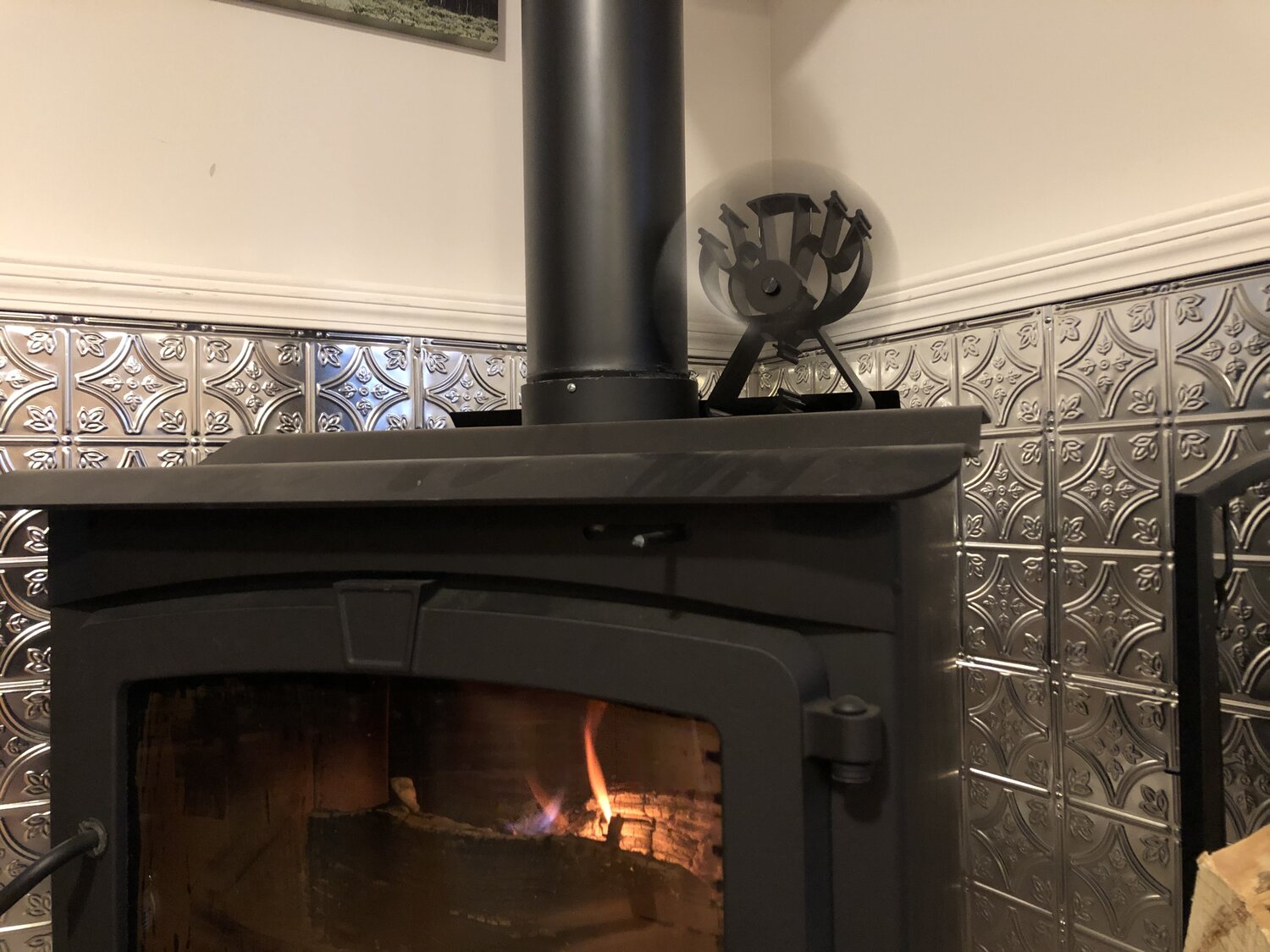

Articles
How Does A Wood Stove Fan Work
Modified: February 20, 2024
Discover how wood stove fans work and enhance the efficiency of your heating system. Read our informative articles on wood stove fan operation and benefits.
(Many of the links in this article redirect to a specific reviewed product. Your purchase of these products through affiliate links helps to generate commission for Storables.com, at no extra cost. Learn more)
Introduction
A wood stove is a popular heating appliance that can efficiently warm up a room or an entire house. One challenge with traditional wood stoves, however, is that they tend to distribute heat unevenly. This means that the area directly in front of the stove can become uncomfortably hot, while the rest of the room remains relatively cool. To address this issue and improve heat circulation, wood stove fans were developed.
In this article, we will explore the fascinating world of wood stove fans and how they work. We will delve into the basic components of a wood stove fan, discuss the two primary modes of operation – heat-powered and thermoelectric, explore the advantages of using a wood stove fan, and provide some helpful tips for choosing and maintaining one.
By the end of this article, you will have a comprehensive understanding of wood stove fans and how they can enhance the efficiency and comfort of your wood-burning stove.
Key Takeaways:
- Wood stove fans improve heat distribution, increase energy efficiency, and create a more comfortable living environment by eliminating cold spots and reducing heating costs.
- When choosing a wood stove fan, consider factors such as size, heat output, noise level, airflow capacity, construction, adjustability, and price to enhance the performance of your wood-burning stove.
Read more: How Does Bathroom Fan Work
How a Wood Stove Works
Before we delve into the details of how a wood stove fan functions, it’s essential to understand the basic principles of how a wood stove operates.
A wood stove is a heating appliance that burns wood or biomass fuel to generate heat. The fire is typically contained within a firebox, which is surrounded by a metal enclosure. The heat generated from the burning wood radiates outwards, warming up the surrounding air.
The hot air produced by the wood stove naturally rises, creating a convection current. This convection current causes the cooler air in the room to be drawn towards the stove, where it gets heated and rises as well. As this process continues, a continuous cycle of heat transfer is established, gradually warming up the entire room.
However, the efficiency of heat distribution in a wood stove can be limited. The area immediately in front of the stove tends to receive the most heat, while areas farther away may remain relatively chilly. This is where a wood stove fan comes in handy.
A wood stove fan helps to enhance the distribution of heat throughout the room by improving the circulation of air. It efficiently moves the hot air produced by the stove and spreads it evenly, allowing for a more balanced and comfortable heating experience.
Now that we have a clear understanding of how a wood stove works, let’s explore the role of a wood stove fan and how it improves the efficiency of heat distribution.
The Role of a Wood Stove Fan
A wood stove fan plays a critical role in improving the overall efficiency and effectiveness of a wood-burning stove. Its main purpose is to distribute the heat generated by the stove more evenly throughout the room, eliminating cold spots and maximizing the warmth.
When a wood stove operates without a fan, the heat tends to rise directly from the stove and accumulate near the ceiling. This can create an uncomfortable and inefficient heating environment, as the warm air doesn’t effectively reach the lower parts of the room where people typically reside.
However, when a wood stove fan is placed on the top of the stove, it acts as a catalyst to facilitate air movement. As the fan rotates, it draws in the hot air from the stove and pushes it outwards in a controlled manner. This movement helps to distribute the warmth more evenly, ensuring that every corner of the room receives the desired level of heat.
By improving heat circulation, a wood stove fan can also reduce the reliance on other heating sources, such as electric heaters. This not only saves energy but also reduces heating costs, making it a more efficient and cost-effective heating solution.
In addition to heat distribution, wood stove fans also offer the advantage of reducing cold drafts and preventing stagnation of air. The constant movement of the fan helps to disperse any stagnant air pockets, improving the overall air quality and creating a more comfortable living environment.
Whether you’re using a wood-burning stove as a primary heating source or as a supplemental heat provider, a wood stove fan is a valuable accessory that can significantly enhance the performance and efficiency of your stove.
Now that we understand the importance of a wood stove fan, let’s explore the basic components that make up these efficient heat distributors.
Basic Components of a Wood Stove Fan
A wood stove fan consists of several essential components that work together to efficiently distribute the heat generated by the stove. Let’s take a closer look at these basic components:
- Blades: The blades are responsible for creating airflow by pushing the hot air away from the stove. They are typically made of aluminum or other heat-resistant materials and are designed to maximize the airflow while minimizing noise.
- Motor: The motor is the heart of the wood stove fan. It provides the power necessary to rotate the blades and generate airflow. Depending on the model, the motor may be electrically powered or utilize the heat generated by the stove itself for operation.
- Base Plate: The base plate serves as the foundation that holds the fan securely in place on top of the wood stove. It is designed to withstand high temperatures and ensure stability during operation.
- Thermoelectric Module (in some models): Some wood stove fans utilize a thermoelectric module that converts the heat energy from the stove into electricity. This electricity powers the motor, eliminating the need for an external power source. These models are often referred to as thermoelectric wood stove fans.
- Temperature Sensor: A temperature sensor is a crucial component in thermoelectric wood stove fans. It monitors the heat level of the stove and activates the fan when the temperature reaches a certain threshold, ensuring efficient operation.
These basic components work in harmony to create airflow and distribute the heat effectively from the wood stove. The blades rotate, propelled by the motor, drawing in the hot air and pushing it outwards into the room. Some wood stove fans also have variable fan speeds, allowing you to adjust the airflow based on your preference and heating needs.
Now that we understand the components of a wood stove fan, let’s explore the two primary modes of operation for these devices: heat-powered and thermoelectric.
Heat-Powered Operation
Heat-powered wood stove fans operate on a simple yet ingenious principle: the heat generated by the stove is used to generate power that drives the fan’s motor. These fans are also known as “stove-top” fans or “stirling engine” fans.
The main component that enables heat-powered operation is a thermoelectric module, also called a Seebeck module. This module consists of two different metals that are connected in a circuit. When there is a temperature difference between the two metals, an electric current is generated.
Here’s how heat-powered wood stove fans work:
- As the wood stove heats up, the hot air rises and reaches the base of the fan, where the thermoelectric module is located.
- The hot air causes a temperature difference between the two sides of the thermoelectric module, creating an electric current.
- This electric current is sent to the motor, which spins the blades and generates airflow.
- The airflow moves the hot air away from the stove, distributing the heat throughout the room.
One of the advantages of heat-powered wood stove fans is that they operate completely on their own, without the need for external power sources or batteries. The fan’s speed is directly proportional to the temperature of the stove, meaning that as the stove gets hotter, the fan spins faster, increasing the airflow and heat distribution.
However, it’s worth noting that heat-powered wood stove fans have an optimal temperature range for efficient operation. If the stove’s temperature is too low, there might not be enough heat to generate adequate power for the fan. On the other hand, if the temperature is too high, the fan might spin too fast, which can undermine its performance and durability.
Heat-powered wood stove fans are an excellent choice for those looking for a cost-effective and environmentally friendly solution to improve heat circulation from their wood-burning stove. They harness the natural heat energy of the stove and convert it into efficient airflow, enhancing the comfort and warmth of your living space.
Now that we’ve explored heat-powered wood stove fans, let’s dive into the alternative mode of operation: thermoelectric fans.
Wood stove fans work by using the heat from the stove to power a thermoelectric module, which generates electricity to power the fan. The fan then circulates the warm air throughout the room, improving heat distribution. Regular cleaning and maintenance of the fan will ensure optimal performance.
Read more: How Does Attic Fans Work
Thermoelectric Operation
Thermoelectric wood stove fans, also known as self-powered fans, operate on a different principle compared to heat-powered fans. Instead of utilizing a thermoelectric module to convert heat into electrical energy, these fans utilize the temperature difference between the top and bottom of the fan to generate power.
Here’s how thermoelectric wood stove fans work:
- The fan is placed on top of the wood stove, with the base of the fan in contact with the hot stove surface.
- The temperature difference between the top and bottom of the fan creates a voltage gradient.
- This voltage gradient causes an electrical current to flow in the fan’s circuit.
- The current powers the fan’s motor, which spins the blades and generates airflow.
- The airflow helps distribute the heat more evenly throughout the room, improving the overall heating efficiency.
Thermoelectric wood stove fans are advantageous because they do not require an external power source or batteries. They are completely self-sufficient and operate solely based on the temperature difference between the stove and the surrounding environment. This makes them an ideal option for off-grid living or situations where access to electricity is limited.
However, it is important to note that the performance of thermoelectric wood stove fans can depend on several factors, including the temperature gradient, airflow resistance, and the design of the fan itself. Different models may have varying levels of efficiency when it comes to generating airflow and distributing heat.
When choosing a thermoelectric wood stove fan, consider factors such as the fan’s footprint, noise level, and airflow capacity. It’s also essential to ensure that the fan is compatible with the surface temperature of your wood stove. Some fans have temperature limits, and exceeding those limits can lead to reduced performance or damage to the fan.
Thermoelectric wood stove fans are a great alternative to heat-powered fans, offering self-powered operation and efficient heat distribution. They harness the temperature difference between the stove and the surrounding air to spin the blades and improve the comfort and warmth of your living space.
Now that we’ve explored the two primary modes of operation for wood stove fans, let’s move on to discussing the advantages of using a wood stove fan.
Advantages of Using a Wood Stove Fan
Using a wood stove fan offers several advantages that can enhance your wood-burning stove experience. Let’s explore some of the key benefits:
- Improved Heat Distribution: One of the primary advantages of using a wood stove fan is that it improves the distribution of heat throughout the room. By circulating the hot air generated by the stove, the fan helps eliminate cold spots and ensures a more even and comfortable heating experience.
- Increased Efficiency: With a wood stove fan, you can make the most out of your wood-burning stove’s heat output. By spreading the warmth throughout the room, the fan helps maximize the efficiency of the stove and reduces the need for additional heating sources.
- Energy and Cost Savings: By utilizing a wood stove fan to distribute heat more evenly, you can potentially reduce your reliance on other heating methods such as electric heaters or central heating systems. This can lead to energy savings and decreased heating costs over time.
- Comfortable Living Environment: A wood stove fan helps create a more comfortable living environment by eliminating cold drafts and reducing stagnant air. The consistent circulation of warm air improves indoor air quality and ensures a more pleasant and cozy atmosphere in the room.
- Ease of Installation: Installing a wood stove fan is typically a straightforward process. Most models are designed to be placed directly on top of the wood stove, requiring no additional tools or complicated installation procedures. This ease of installation makes it accessible for homeowners and users of wood-burning stoves.
- Silent Operation: Many wood stove fans are designed to operate silently, ensuring that they don’t disturb the peaceful ambiance of your living space. This allows you to enjoy the warmth and comfort of your wood-burning stove without any noise distractions.
- Environmentally Friendly: Wood stove fans operate without the need for electricity or batteries, making them a sustainable and eco-friendly heating accessory. By utilizing the natural heat energy produced by the stove itself, wood stove fans help reduce the carbon footprint associated with traditional heating methods.
These advantages make wood stove fans a valuable addition to any wood-burning stove setup. They enhance heat distribution, increase efficiency, and create a more comfortable and environmentally friendly heating experience.
Now that we understand the advantages of using a wood stove fan, let’s explore some important factors to consider when choosing the right fan for your wood-burning stove.
Factors to Consider when Choosing a Wood Stove Fan
When selecting a wood stove fan for your wood-burning stove, there are several important factors to consider. These factors can help you choose a fan that is well-suited to your specific needs and enhances the performance of your stove. Let’s explore these considerations:
- Size: Consider the size of the fan in relation to the size of your wood stove. Choosing a fan that is too small may not effectively distribute heat, while a fan that is too large may be impractical and obstructive. Look for a fan that fits comfortably on top of your stove without interfering with its operation or taking up too much space in the room.
- Heat Output: Evaluate the heat output of your wood-burning stove and ensure that the fan you choose can handle the heat. Different models of wood stove fans have different temperature limits, so make sure to select one that is compatible with the surface temperature of your stove.
- Noise Level: Consider the noise level of the fan when in operation, especially if you are sensitive to noise or prefer a quiet living environment. Look for fans that are specifically designed to operate silently, ensuring a peaceful and comfortable atmosphere in your home.
- Airflow Capacity: Assess the airflow capacity of the fan and ensure that it is capable of effectively distributing heat throughout the room. Higher airflow capacity typically means better heat distribution, but be mindful of striking a balance to avoid excessive air movement or drafts.
- Construction and Durability: Look for a wood stove fan made of high-quality materials that can withstand the heat generated by the stove and the rigors of continuous operation. Aluminum blades and a sturdy base plate are desirable features that contribute to the durability and longevity of the fan.
- Adjustability: Some wood stove fans offer adjustable fan speeds, allowing you to control the airflow based on your heating needs. This flexibility can be beneficial in tailoring the fan’s performance to your specific requirements and creating a comfortable and well-regulated indoor environment.
- Price: Consider your budget and find a wood stove fan that provides the desired features and performance within your price range. While it can be tempting to opt for the cheapest option, keep in mind that investing in a higher-quality fan may offer better longevity and performance over time.
By considering these factors, you can select a wood stove fan that aligns with your requirements and enhances the heating experience provided by your wood-burning stove.
Once you have chosen the right wood stove fan, proper installation and regular maintenance are essential for ensuring optimal performance and longevity. Let’s explore some installation and maintenance tips for wood stove fans.
Installation and Maintenance Tips
Proper installation and regular maintenance are crucial for ensuring the optimal performance and longevity of your wood stove fan. Here are some essential tips to consider:
- Read the Instructions: Before installing the wood stove fan, carefully read the manufacturer’s instructions and follow them accordingly. This will ensure that you install the fan correctly and avoid any potential issues.
- Placement: Place the wood stove fan on top of your wood-burning stove, ensuring that it sits securely and does not obstruct the stove’s functionality. Position it in a central location that allows for the maximum distribution of heat throughout the room.
- Clear the Area: Make sure the area around the wood stove fan is clear of any obstructions or flammable materials. This will prevent accidents and ensure safe operation.
- Regular Cleaning: Clean the fan regularly to remove any dust or debris that may accumulate on the blades or motor. Use a soft brush or cloth to gently wipe the fan, being cautious not to bend or damage the blades.
- Lubrication: Some wood stove fans may require lubrication to maintain smooth operation. Consult the manufacturer’s instructions to determine if lubrication is necessary and if so, follow the recommended lubrication procedure.
- Monitor Surface Temperature: Continuously monitor the surface temperature of your wood-burning stove to ensure that it remains within the operating limits of the fan. Excessive heat can damage the fan or compromise its performance.
- Inspect for Damage: Regularly inspect the wood stove fan for any signs of damage, such as cracked blades or loose components. Address any issues promptly to avoid further damage or safety hazards.
- Seek Professional Help: If you encounter any technical issues or concerns with your wood stove fan, seek assistance from a professional technician or contact the manufacturer for guidance. Attempting to repair the fan yourself may void any warranties and potentially cause further damage.
By following these installation and maintenance tips, you can ensure that your wood stove fan operates efficiently and provides long-lasting performance to enhance the warmth and comfort of your living space.
To conclude, wood stove fans are valuable accessories that improve heat distribution, increase energy efficiency, and create a more comfortable living environment. Consider the size, heat output, noise level, airflow capacity, construction, adjustability, and price when choosing a wood stove fan. Install the fan correctly and perform regular cleaning and maintenance to maximize its performance and longevity.
Now you are ready to enjoy the cozy warmth and efficient heating provided by your wood-burning stove with the added comfort and efficiency of a wood stove fan!
Read more: How Does A Bladeless Fan Work
Conclusion
A wood stove fan is a valuable addition to any wood-burning stove setup, enhancing the efficiency and comfort of your heating experience. By improving heat distribution and increasing airflow, a wood stove fan eliminates cold spots, increases energy efficiency, and creates a more comfortable living environment.
Throughout this article, we have explored the role of a wood stove fan, the basic components that make up these fans, and the two primary modes of operation: heat-powered and thermoelectric. We have also discussed the advantages of using a wood stove fan, including improved heat distribution, energy and cost savings, and a more comfortable living environment.
When choosing a wood stove fan, it is important to consider factors such as size, heat output, noise level, airflow capacity, construction, adjustability, and price. These considerations will help you select a fan that best suits your needs and enhances the performance of your wood-burning stove.
Proper installation and regular maintenance are crucial for ensuring the optimal performance and longevity of your wood stove fan. By following installation guidelines, keeping the fan clean and lubricated, and monitoring the surface temperature of your wood-burning stove, you can ensure the fan operates efficiently and safely.
In conclusion, a wood stove fan is a valuable investment that enhances the efficiency, comfort, and enjoyment of your wood-burning stove. It improves heat distribution, increases energy efficiency, and creates a more comfortable living environment. By considering the factors mentioned and following proper installation and maintenance practices, you can make the most out of your wood stove fan and enjoy a cozy and efficient heating experience.
Now, equip your wood-burning stove with a reliable wood stove fan and experience the optimal warmth and comfort it can provide!
Frequently Asked Questions about How Does A Wood Stove Fan Work
Was this page helpful?
At Storables.com, we guarantee accurate and reliable information. Our content, validated by Expert Board Contributors, is crafted following stringent Editorial Policies. We're committed to providing you with well-researched, expert-backed insights for all your informational needs.
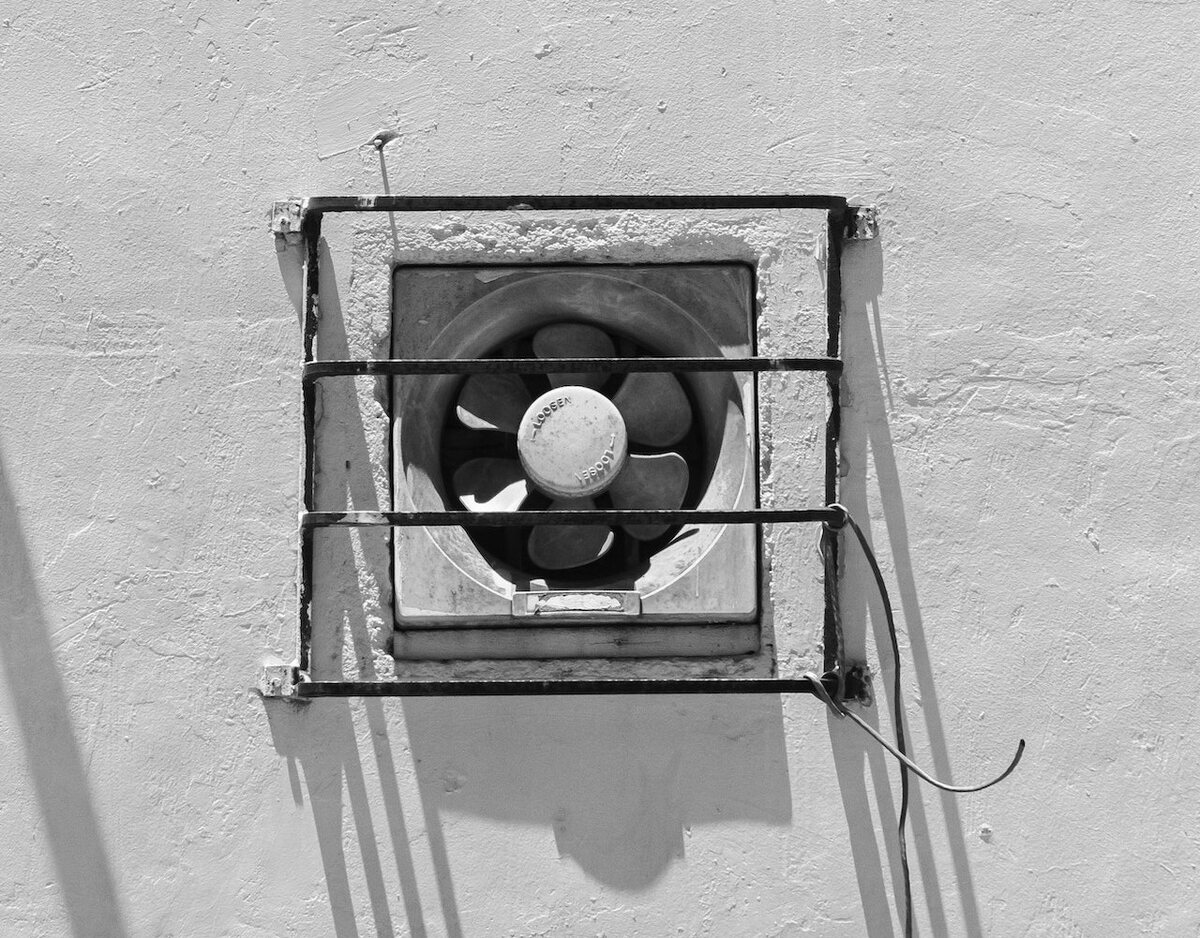
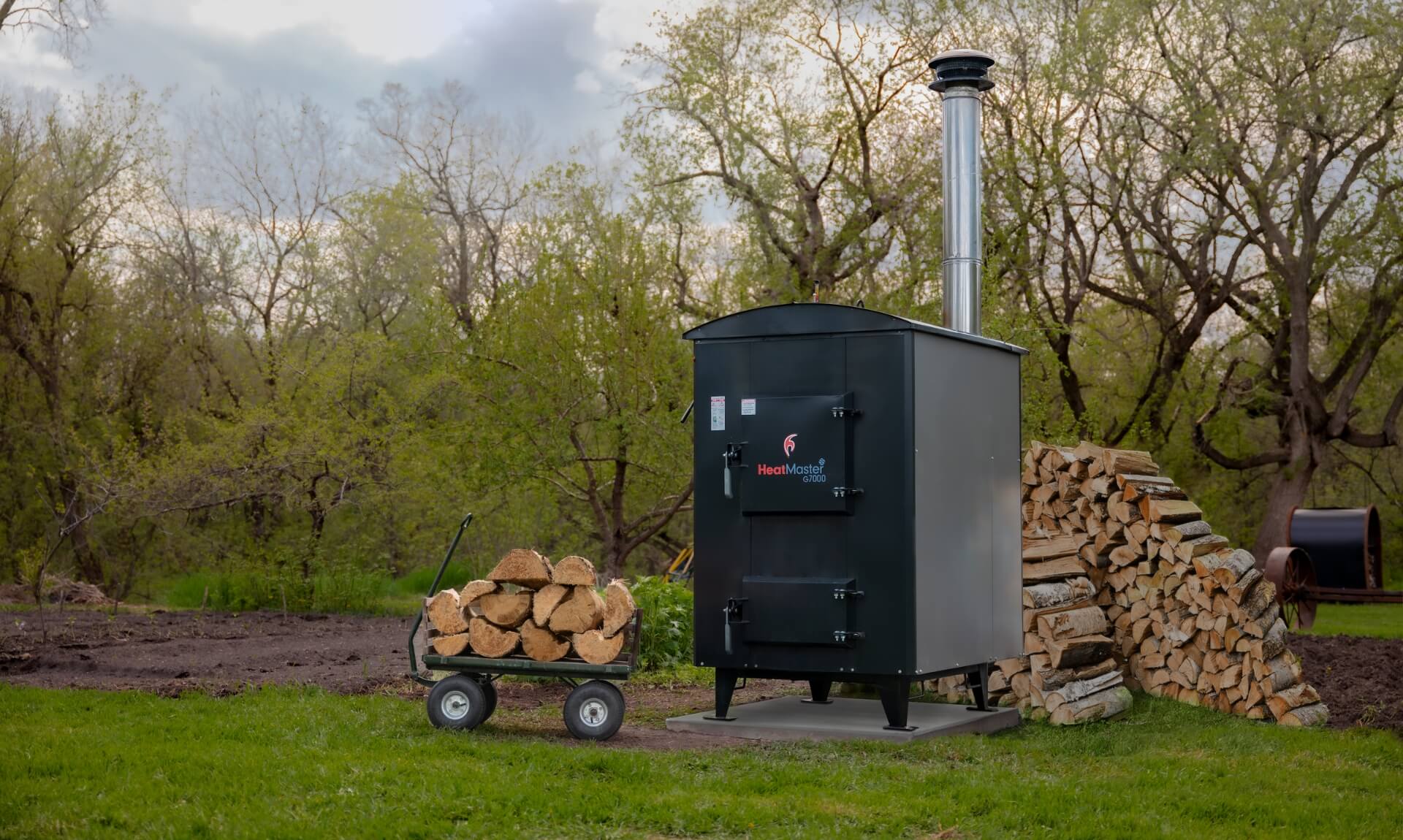

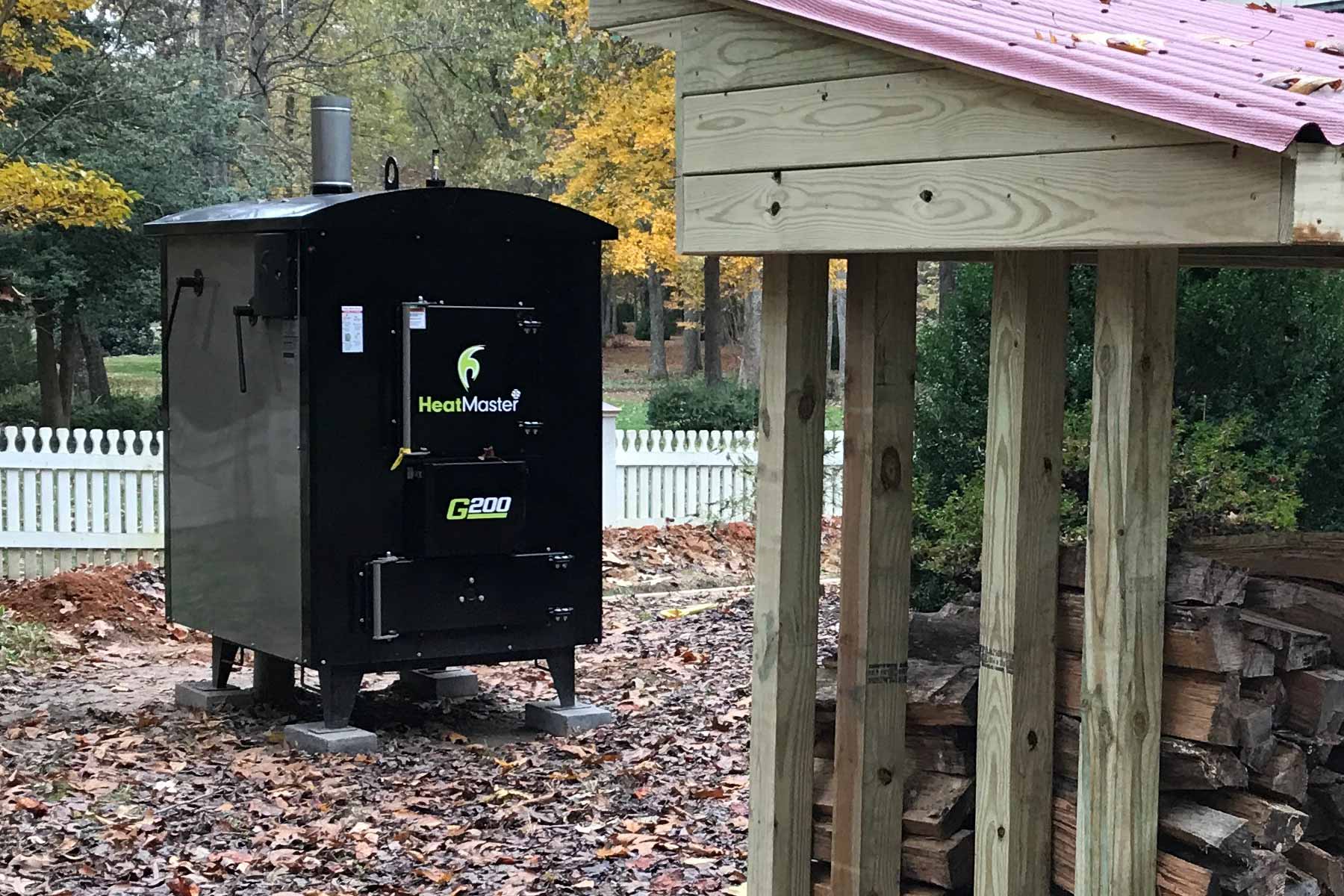





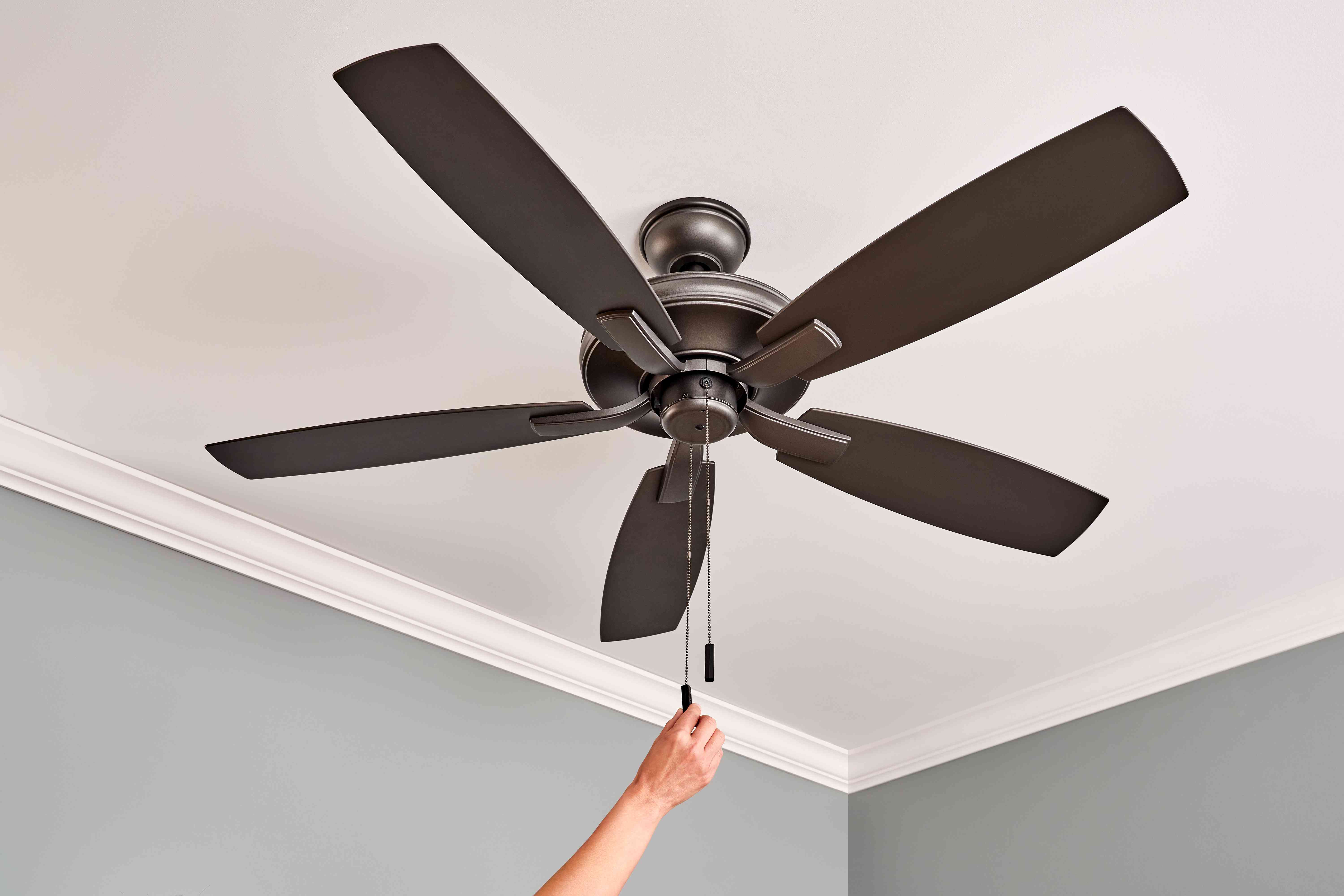

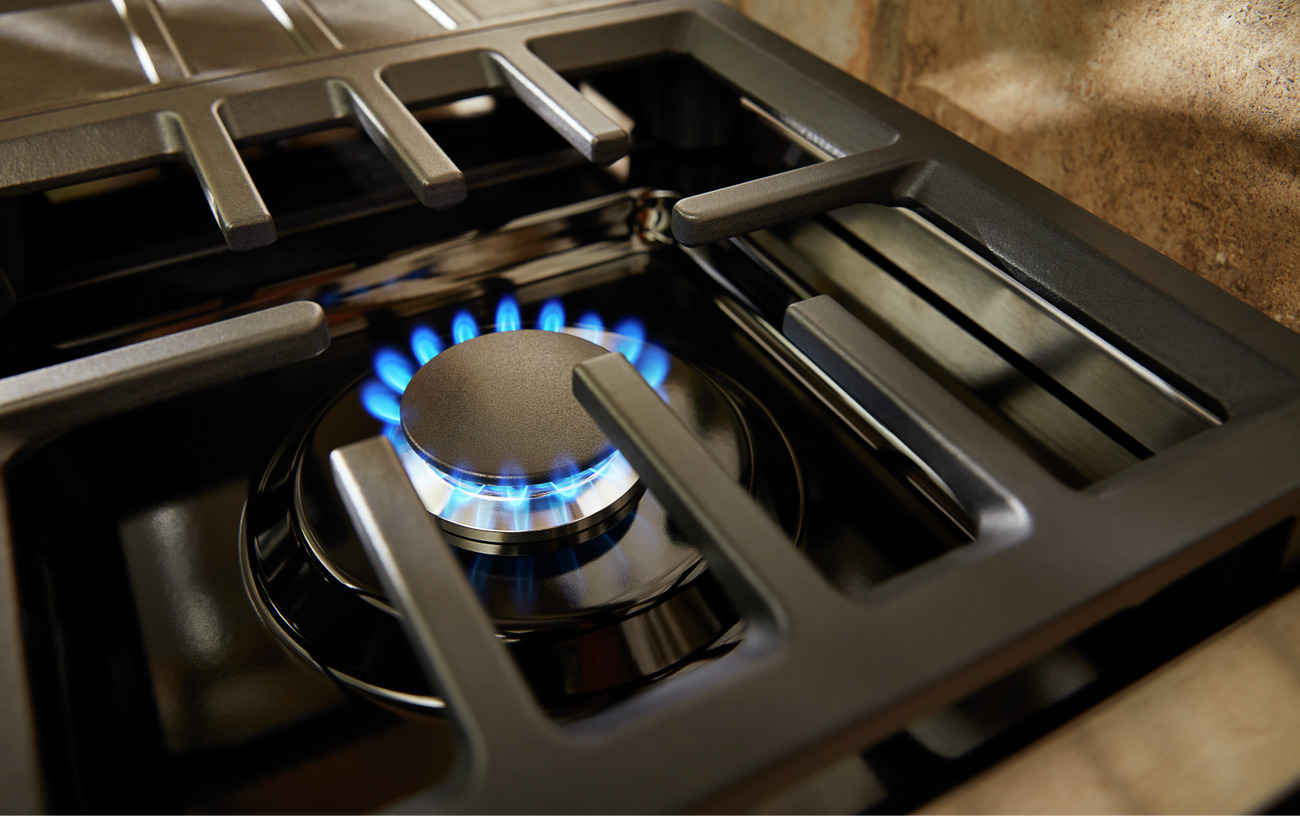
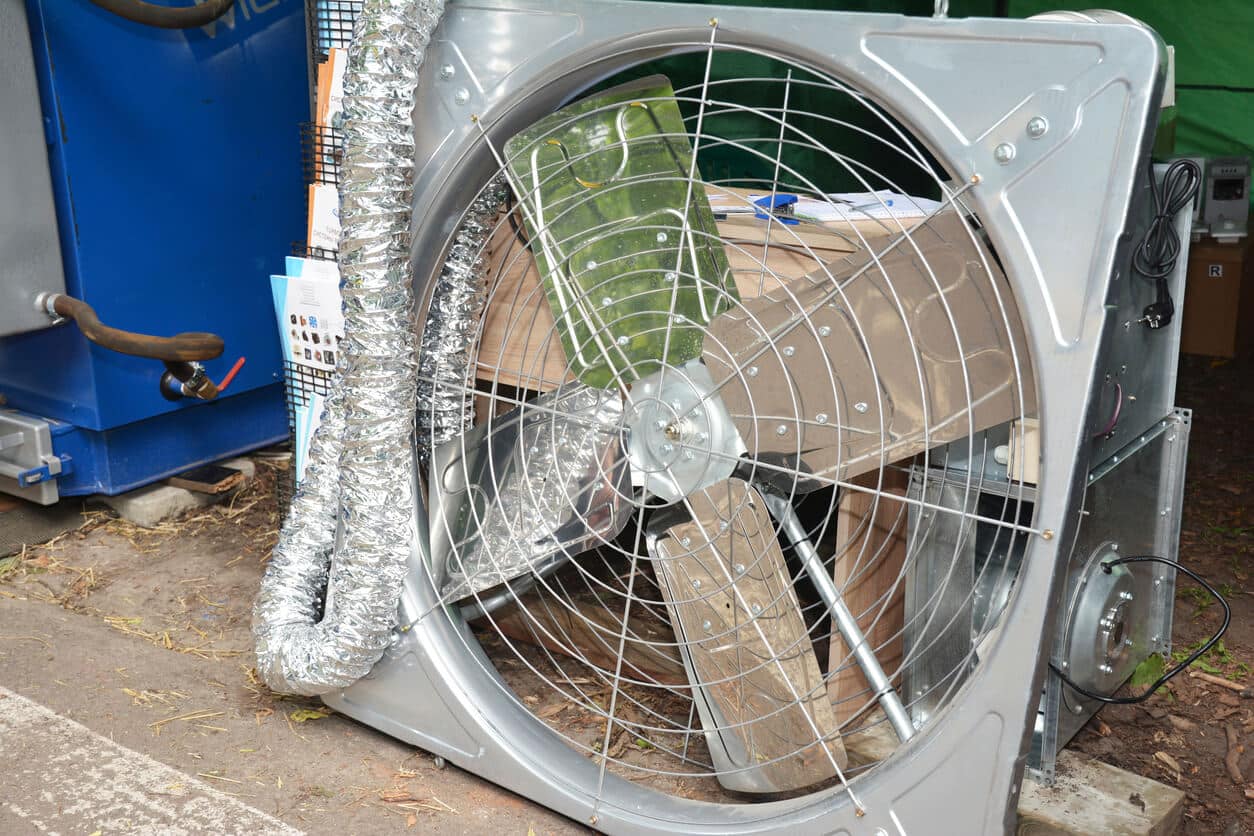

0 thoughts on “How Does A Wood Stove Fan Work”